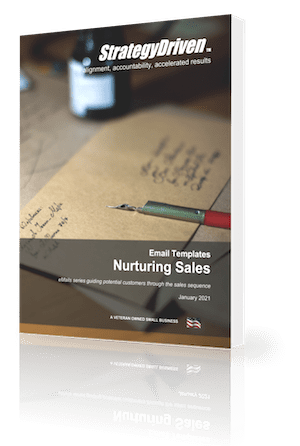High Court Enforcement Officers Explained

A judgement made in the County Court can be sent up to the High Court if necessary. High Court Enforcement Officers are officers that have been authorised specifically by the High Court, and these officers have more power than that of a standard bailiff or enforcement officer. High Court Enforcement officers are bound by a code of practice and have agreed to abide by the High Court Enforcement Officer’s Association’s code of professional conduct. If you are faced with the threat of one of these offices, you” have to pay high court enforcement fees.
Bailiffs vs HCEOs
There are some key differences between bailiffs and high court enforcement services. Bailiffs, also known as simply ‘enforcement officers’ have the legal ability to collect debts for the county court and may take goods as part of that process. These officers are often employed by civil enforcement agencies, but it is also possible for them to work with the court directly. they do not have the same powers as HCEOs, however.
Bailiffs have the job of obtaining payment from debtors. They can do this either by collecting the payment directly, or through what’s known as a controlled goods agreement. If the debtor refuses to pay, bailiffs can visit their business to seize goods. The bailiff must give seven days notice before visiting a business premises. They do not have automatic right of entry. Anyone who is visited by a bailiff should ask for proof of ID from them. Debt collecting agencies often have their workers pose as bailiffs, when they are simply agency employees who do not have the same legal powers.
What Does a HCEO Have The Power to Do?
If a HCEO comes to a business’ premises, they can look to see if there are any goods that can be seized. They must obtain “permission to attend” from the courts before visiting, and must also give sufficient notice. Once at the property, the HCEO will give the debtor the opportunity to pay the debt or enter into a controlled goods agreement. If the debtor does not agree to do either of these things, the HCEO has the right to seize goods immediately, for the purposes of paying the debt.
The HCEO is permitted to take business furniture, stock, machinery, vehicles, financial assets such as shares and bonds, and money. They may also take goods that are on finance, however, the finance company must first agree to the sale of those goods.
The HCEO can only take things belonging to the business. They can’t take personal items. They’re also not permitted to remove:
- Perishable goods
- Goods leased or hired
- Assets under third-party ownership
- Tools, up to a value of £1,350, required by the debtor to conduct their trade
The HCEO can’t force entry into a secured premises, nor can they take goods from a third party unless they have a good reason to believe the business was storing their goods there. Anything taken by the HCEO will usually be sold at public auction, either through a general auction house or the officer’s own auctions. If the goods are not suitable for public auction, the HCEO may apply for permission to conduct a private sale. The debtor will be liable for any fees incurred during the process of removing and selling any items owned by the business.












Leave a Reply
Want to join the discussion?Feel free to contribute!